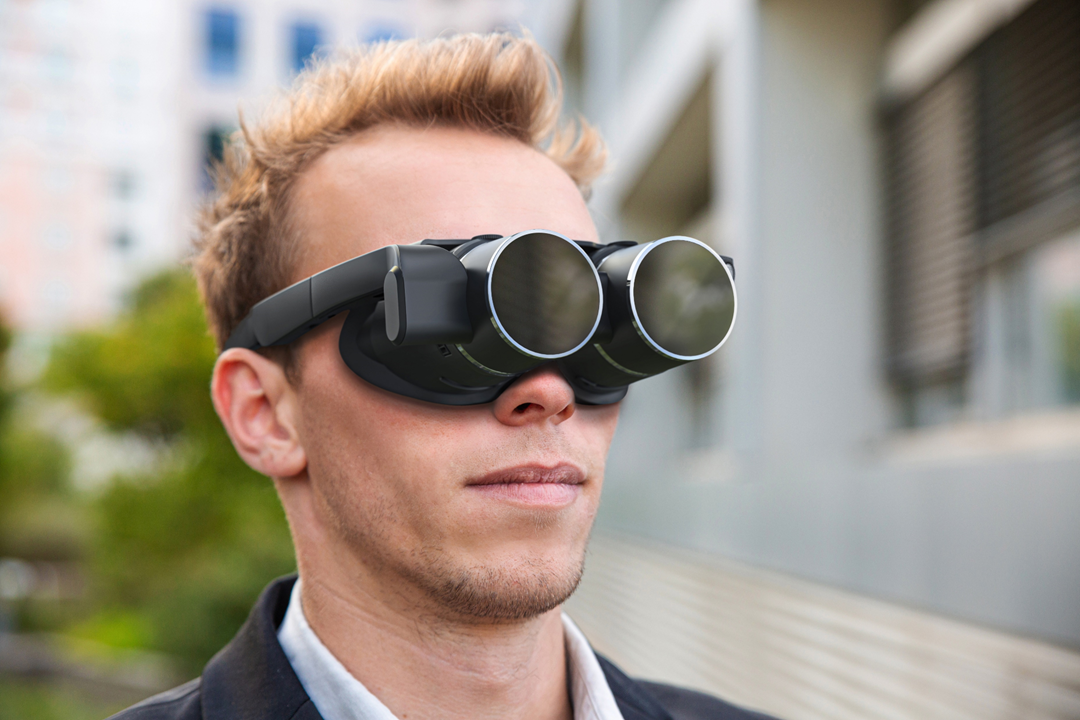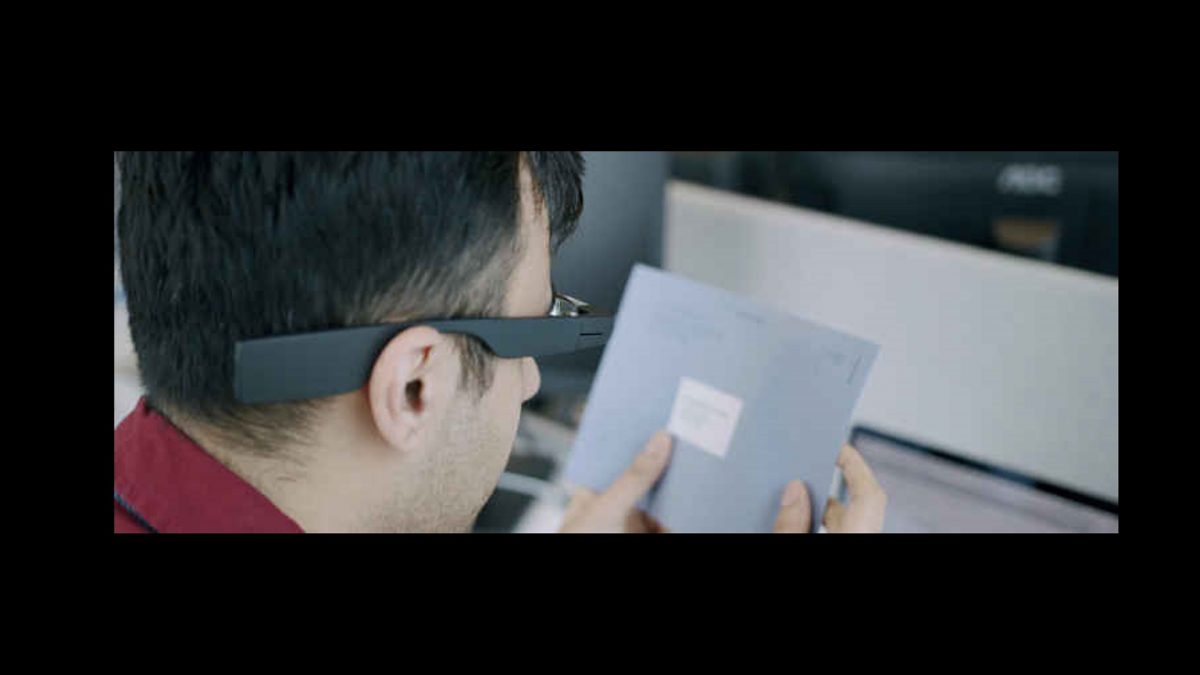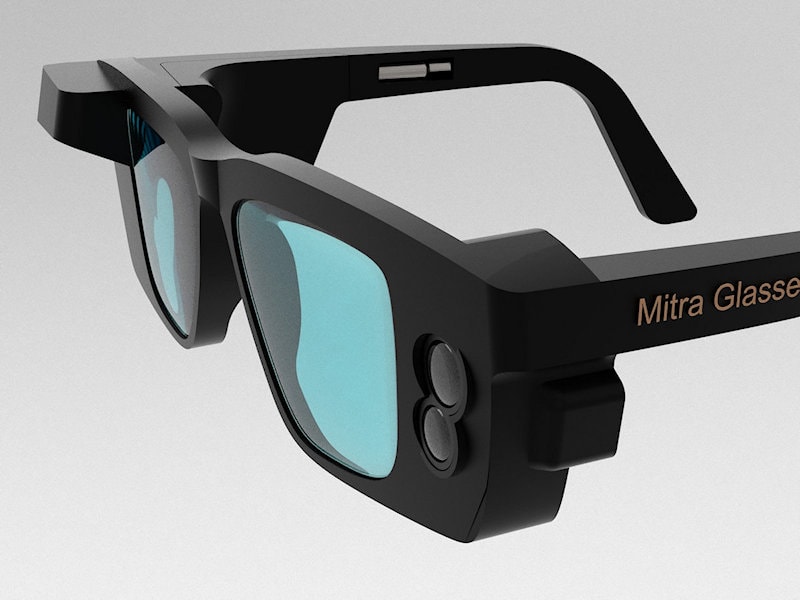Wearable Technology for Low Vision: Transforming How We Navigate the World
Wearable Technology for Low Vision: Transforming How We Navigate the World
Blog Article
Enhancing Access Through Assistive Innovation for the Blind
The integration of assistive modern technology for the blind stands for an essential advancement in access, fundamentally altering just how individuals navigate their atmospheres and engage with culture. As we explore the varied types of assistive tools and their tangible influences on daily living, it comes to be essential to check out how continuous technological advancements are reshaping the landscape of support for the blind area.
Summary of Assistive Modern Technology
Assistive technology refers to a series of tools and software application developed to improve the capabilities of individuals with impairments, including those that are aesthetically damaged or blind. This innovation plays a vital role in promoting freedom and boosting the top quality of life for individuals. By offering different methods for accessing information and performing daily jobs, assistive modern technology equips individuals to browse their environments better.
The growth and execution of assistive modern technology welcome a variety of concepts targeted at fostering accessibility. These concepts include user-centered layout, which prioritizes the demands and choices of the individual, and the assimilation of innovation into everyday tasks. Such developments make certain that assistive devices are not just useful however additionally intuitive and simple to use.
In addition, assistive modern technology includes a diverse spectrum of solutions, from low-tech alternatives like magnifiers to high-tech technologies such as screen readers and Braille display screens. The recurring advancement of this area is driven by the demand to resolve the unique challenges faced by people with visual disabilities (Wearable technology for low vision). As modern technology continues to advancement, the possibility for boosting access and advertising inclusivity stays promising, ultimately adding to a much more equitable society

Sorts Of Assistive Instruments
Various kinds of assistive tools are available to support individuals that are blind or visually damaged, each made to resolve specific demands and difficulties. These gadgets can be generally classified right into 3 primary kinds: low-tech, mid-tech, and sophisticated remedies.
Low-tech tools include items such as magnifiers, Braille tags, and responsive maps. These are relatively simple tools that enhance the user's ability to engage with their environment without calling for complicated innovation.
Mid-tech devices commonly entail advanced functions, such as electronic magnifiers and mobile Braille note-takers. These devices can use functionalities like speech output, permitting customers to accessibility details extra effectively.

Impact on Daily Living
The accessibility of different assistive devices considerably enhances the top quality of life for people that are aesthetically damaged or blind, influencing their day-to-day living in extensive means. By integrating innovations such as screen readers, Braille presents, and audio summary services into their regimens, users acquire higher autonomy and self-reliance. These tools promote accessibility to info, enabling individuals to execute daily tasks, such as checking out e-mails, navigating public rooms, and appreciating media material.
Additionally, assistive tools empower people to engage even more fully in social interactions and community activities. The ability to utilize smart devices geared up with accessibility features enables for seamless communication and connection with others. This connectivity fosters a feeling of belonging and lowers feelings of isolation.
In expert settings, assistive technology sustains performance by allowing individuals to complete work jobs effectively. Devices like voice recognition software application and specialized magnifying devices allow users to join the labor force on equivalent ground with their sighted peers.

Innovations in Modern Technology
Recent technical improvements have actually significantly transformed the landscape of devices offered for people that are blind or aesthetically damaged. The combination of expert system (AI) and artificial intelligence has actually given surge to applications that boost navigating and things recognition. As an example, smart device applications can currently use AI to identify and define environments in real-time, giving individuals with beneficial contextual details.
Furthermore, innovations in haptic modern technology have actually brought about the growth of wise walking sticks outfitted with sensing units that spot obstacles and supply responsive responses. This encourages customers to browse their atmosphere with enhanced self-confidence and freedom. Advancements in text-to-speech software application their explanation and braille display screens have actually enhanced the access of digital content, enabling for smooth interaction with different media.
Wearable modern technologies, such as clever glasses, are also making strides in assisting aesthetic problems. As innovation proceeds to progress, the capacity for also more transformative devices continues to be on the perspective.
Future Trends and Innovations
As modern technology swiftly proceeds, the future of assistive devices for individuals that are blind holds immense pledge. Technologies in synthetic knowledge (AI) and equipment knowing are positioned to change the way blind customers interact with their settings. AI-driven applications are being established to boost things recognition, allowing customers to identify and browse their environments with better convenience and precision.
Moreover, advancements in haptic comments technology are allowing the development of responsive maps and navigation help that offer real-time info with touch. These innovations not just enhance flexibility however additionally foster freedom. In addition, wearable Discover More devices geared up with increased fact (AR) features are emerging, supplying users visual info via sound descriptions, consequently linking the gap between the electronic and physical globes.
In addition, the integration of clever home technology provides new possibilities for access, enabling people to control their living settings through voice commands or smartphone applications. As cooperation between technology designers and the blind community proceeds, the focus on user-centered layout will make sure that future developments are customized to satisfy the special demands of this population (Wearable technology for low vision). The trajectory of assistive innovation assures a more empowering and comprehensive future for individuals who are blind
Final Thought
In final thought, assistive technology plays an essential function in improving access for individuals with aesthetic disabilities. Continuous improvements in technology and user-centered layout guarantee that these tools provide efficiently to the unique requirements of the blind area.
The combination of assistive technology for the blind represents a crucial innovation in ease of access, fundamentally modifying how people browse their settings and engage with society.Assistive technology refers to a variety of devices and software created to enhance the abilities of people with specials needs, including those who are aesthetically damaged or blind. Wearable technology for low vision.As innovation quickly proceeds, the future of assistive devices for individuals that are blind holds immense assurance. The trajectory of assistive innovation promises a much more empowering and inclusive future for individuals who are blind
In verdict, assistive innovation plays an essential function in improving look at here now availability for people with aesthetic problems.
Report this page